Papaya, often called the “fruit of the angels,” is more than just a nutritious, sweet-tasting tropical fruit. Its cultivation has evolved into a key contributor to rural economies, food security, international trade, and sustainable agriculture. With a relatively short growing cycle, high yield potential, and year-round availability in tropical and subtropical regions, papaya farming has become a vital economic engine in many countries.
This article delves deep into how papaya farming supports global economies—through employment generation, export revenue, value-added industries, poverty reduction, and innovation in agriculture. It also highlights major producing countries, global trade dynamics, and the challenges and opportunities that shape this important fruit economy.
1. Global Importance of Papaya Farming
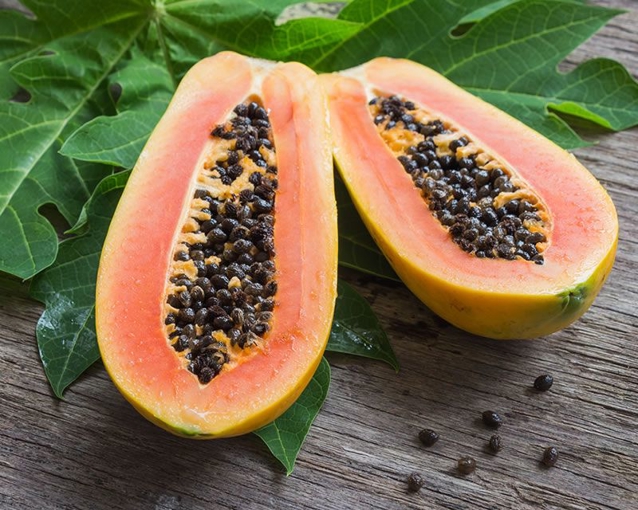
Papaya (Carica papaya) is cultivated in more than 60 countries. It thrives in warm climates and is easy to grow, making it popular among smallholder and commercial farmers alike. In 2025, the global papaya production crossed 14 million metric tons, with India, Indonesia, Nigeria, Brazil, and the Philippines leading the way.
Its popularity is driven by:
- Nutritional benefits (rich in Vitamin C, A, folate, and papain enzyme)
- Fast growth (fruiting begins within 6–9 months)
- Multiple markets (fresh fruit, processed products, nutraceuticals, cosmetics)
- Export potential and high returns per acre
Papaya farming has become a critical pillar in local and national economies, especially in developing regions.
2. Employment and Livelihood Generation
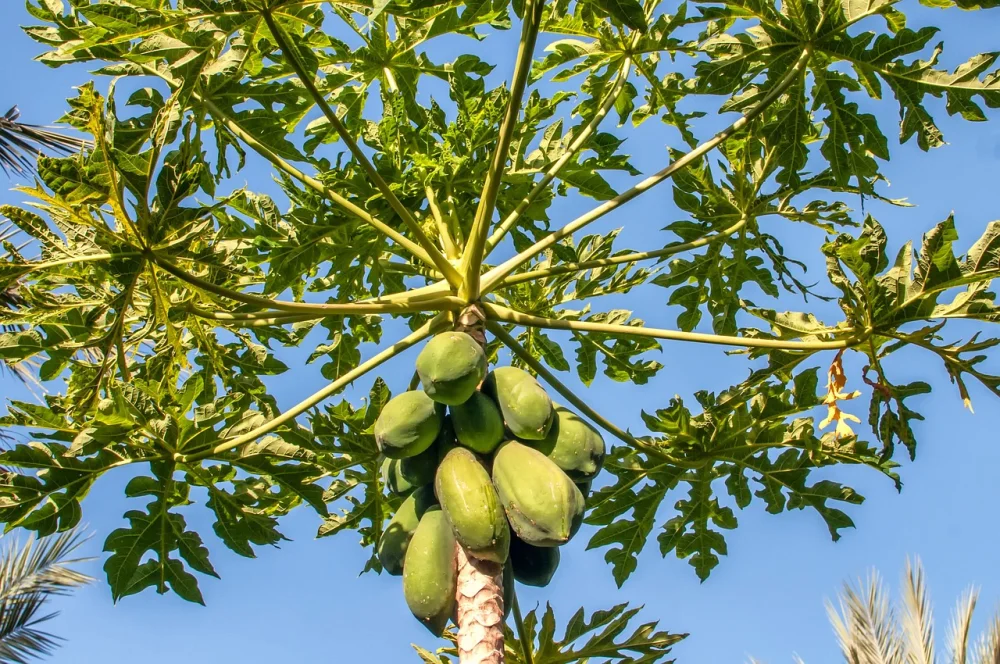
Papaya farming is labor-intensive and supports millions of farmers and rural workers, especially in tropical Asia, Africa, and Latin America.
India:
- Over 1.5 million farmers are involved in papaya cultivation across states like Andhra Pradesh, Gujarat, Karnataka, and Tamil Nadu.
- Farm operations like planting, irrigation, pruning, harvesting, and packing employ both male and female workers.
- Papaya farming boosts income for small and marginal farmers, who earn significantly more per acre compared to staple crops like rice or wheat.
Africa:
- In countries like Nigeria, Kenya, and Uganda, papaya farming is practiced by smallholder farmers as a food and cash crop.
- It helps improve nutrition and provides off-season income in rural communities.
Latin America:
- In Mexico and Brazil, commercial plantations employ thousands of workers in farm management, processing, and logistics.
Thus, papaya farming is not just about agriculture—it is a tool for poverty alleviation, gender empowerment, and economic resilience.
3. Contribution to GDP and Export Revenue
Several countries rely on papaya as an important export commodity, helping them earn valuable foreign exchange and boost their agricultural GDP.
Mexico – The Export Champion
- The largest exporter of papayas, Mexico exports over $120 million worth of papayas annually.
- Major markets include the United States, Canada, and Europe.
- Papaya exports support logistics, packaging, warehousing, and international shipping industries, creating a ripple effect on the economy.
Brazil
- Exports primarily to European markets, including Germany, the UK, and the Netherlands.
- Contributes significantly to the fruit export sector, especially from states like Bahia and Espírito Santo.
India – A Rising Exporter
- Although it is the largest producer, India’s papaya exports are still growing, contributing to trade with UAE, Bangladesh, Nepal, and Sri Lanka.
- Export growth is driving investments in cold storage, packaging units, and quality certification centers.
Papaya exports help nations diversify their export portfolios, reduce dependence on volatile crops, and tap into high-growth health food markets.
4. Boosting Agro-Processing and Value-Added Industries

Papaya’s economic impact extends beyond fresh fruit sales. It feeds several value-added industries, including:
a. Papaya Processing Industry
- Production of papaya juice, jam, nectar, pulp, dried papaya, and candy generates additional income and longer shelf life.
- Countries like Thailand and the Philippines export processed papaya to Asia-Pacific, Middle East, and Europe.
b. Nutraceuticals and Pharmaceuticals
- Papain, an enzyme from raw papaya, is used in:
- Digestive enzyme supplements
- Anti-inflammatory drugs
- Wound-healing ointments
- Papaya leaf extract is used for dengue treatment and immunity boosting.
c. Cosmetic Industry
- Used in facial scrubs, soaps, shampoos, and anti-aging creams due to its natural enzymes and antioxidants.
- Export of papaya extracts and oils contributes to foreign trade.
d. Animal Feed and Waste Utilization
- Papaya peel and seeds are used in poultry feed or compost, contributing to a circular agricultural economy.
By supporting SMEs (small and medium enterprises), food tech startups, and rural women’s cooperatives, the value-added papaya economy generates significant employment and entrepreneurial opportunities.
5. Environmental and Sustainable Development Impact
Papaya farming can support sustainable agriculture when practiced responsibly.
- Low Water Requirement: Compared to other fruit trees, papayas need less water and offer high yields per hectare.
- Intercropping: Farmers often grow papaya with banana, pineapple, or legumes, improving soil health and farm diversity.
- Organic Farming: Many smallholders grow papaya with minimal chemical inputs, which aligns with global organic market trends.
In countries like Sri Lanka, Peru, and Ghana, organic papaya cultivation is growing rapidly due to demand in Europe and the U.S.
6. Enhancing Food Security and Nutrition
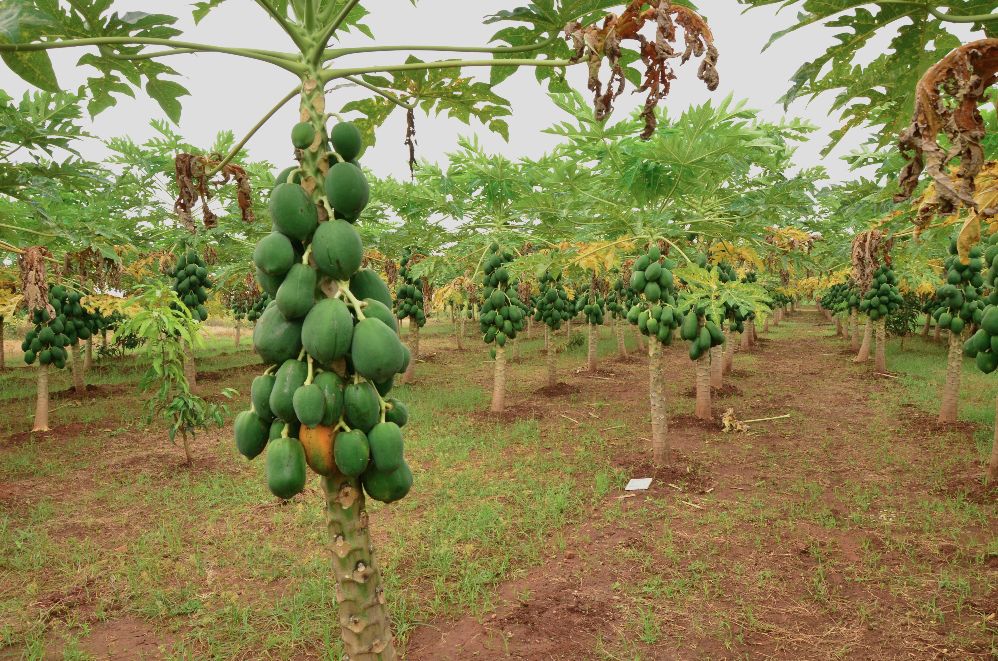
Papaya is an affordable and widely available fruit in the tropics, contributing to food and nutritional security:
- Rich in Vitamin A (for vision) and Vitamin C (for immunity), helping combat malnutrition.
- Promotes digestive health and is often included in hospital diets.
- Encouraged by governments in school feeding programs and public health campaigns.
Countries like India, Nigeria, and Philippines promote papaya cultivation in kitchen gardens and community farms to tackle hidden hunger and micronutrient deficiencies.
7. Challenges Facing the Papaya Economy
Despite its economic promise, papaya farming faces several constraints:
a. Pest and Disease Issues
- Papaya Ringspot Virus (PRSV) is a major threat worldwide.
- Fungal infections, fruit flies, and nematodes can reduce productivity and quality.
b. Short Shelf Life
- Papayas ripen quickly and are prone to bruising, leading to post-harvest losses.
- Many developing countries lack cold storage and efficient logistics.
c. Market Access
- Small farmers often lack knowledge of quality standards, certifications, and export logistics.
- Price fluctuations due to oversupply or poor infrastructure reduce profitability.
d. Climate Change
- Papaya is climate-sensitive. Droughts, floods, and temperature swings can impact yields.
- Sustainable practices and climate-resilient varieties are urgently needed.
8. Government Policies and Support Programs
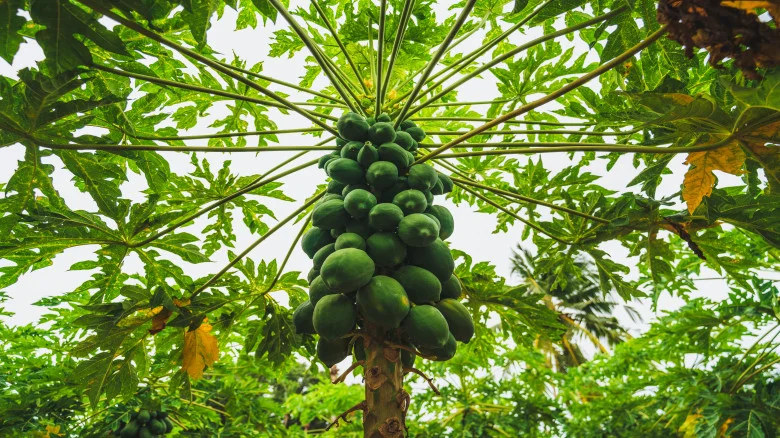
Several governments are realizing the potential of papaya farming to transform rural economies.
India
- Programs like the National Horticulture Mission (NHM) and MIDH provide subsidies for seedlings, drip irrigation, and marketing.
- APEDA supports farmers in export training and international certifications.
Brazil & Mexico
- Public-private partnerships promote papaya research, post-harvest infrastructure, and market expansion.
African Countries
- NGOs and governments are promoting climate-resilient seeds, community farming, and youth training in countries like Nigeria, Ghana, and Kenya.
Investment in research, extension services, cold chains, and digital marketplaces is helping maximize the economic impact of papaya farming globally.
Conclusion: A Fruit That Feeds Economies
Papaya is not just a fruit—it is a strategic economic asset for many countries across Asia, Africa, and Latin America. From creating jobs and generating export revenue to supporting health, boosting rural livelihoods, and fueling innovation, papaya farming plays a crucial role in strengthening global agricultural economies.
As demand continues to rise for nutritious, sustainable, and functional foods, the global papaya sector is well-positioned to grow further. With the right investments, technology, and policies, papaya farming can become a model for inclusive and resilient agricultural development around the world.

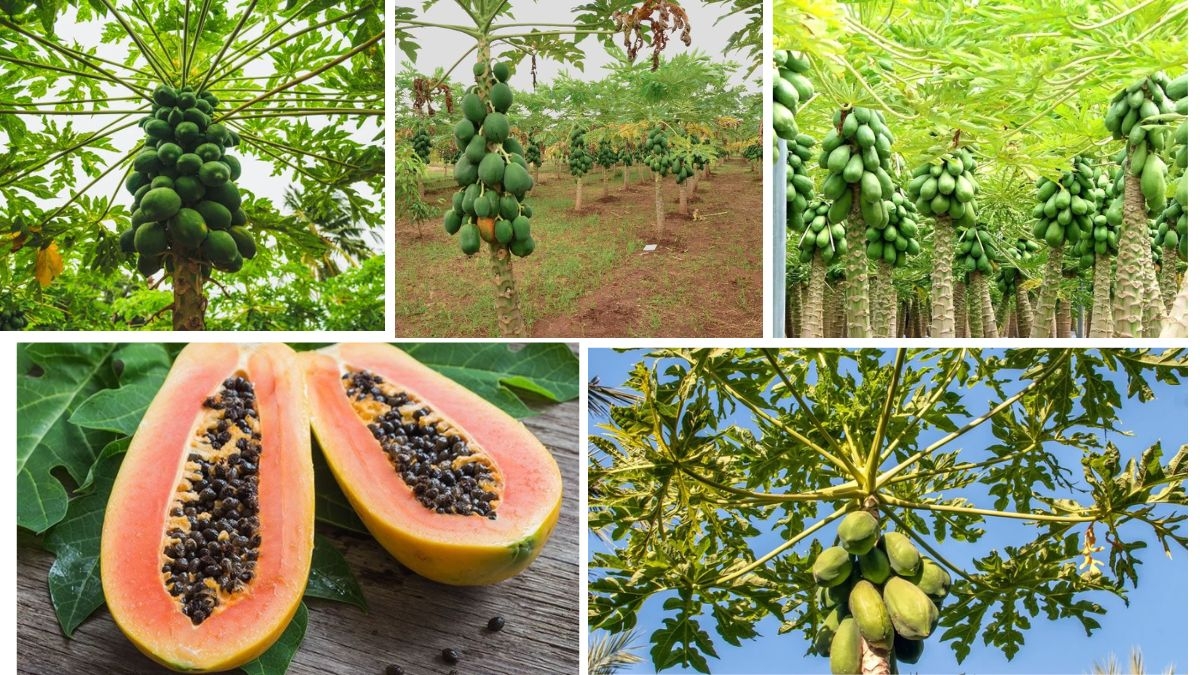




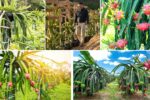
Leave A Comment